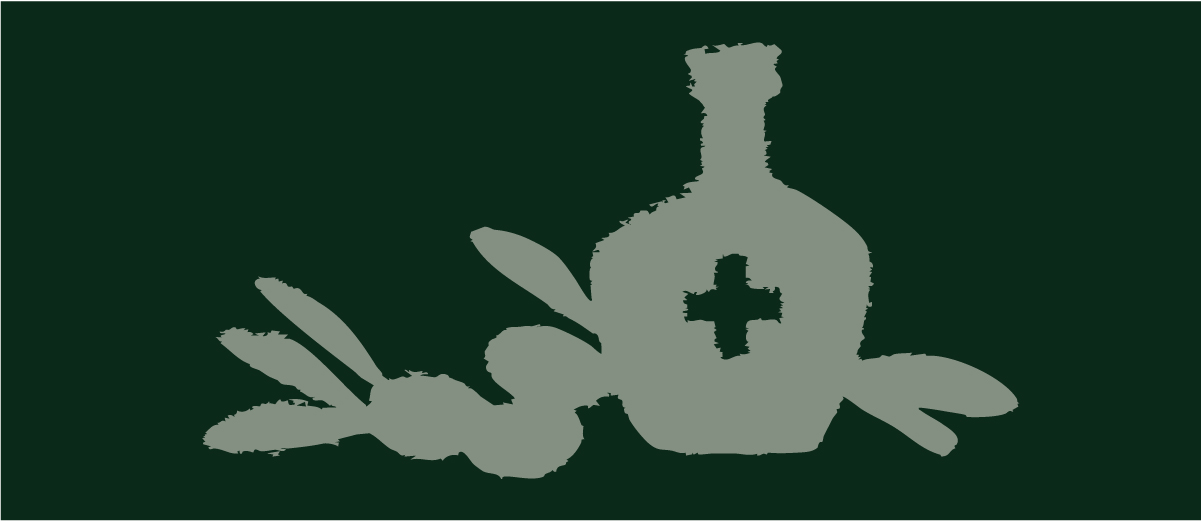Commissioned and supervised by the management of the International Olive Council and coordinated by Maria Isabel Gómez from the IOC Statistics Department, this international study has been led by two experts with a solid track record in the subject area, José María Penco and Juan Vilar, who have drafted the study and its conclusions. The first is an agronomist and project manager with the Spanish Association of Olive Growing Municipalities (AEMO) while the second has a PhD in Economics and is a lecturer at the University of Jaen in Spain, although currently on leave of absence. Both were chosen as study leaders by the experts from IOC member countries sitting on the IOC Working Group briefed to carry out the study.
A summary follows of the working approach and methodology applied and the preliminary results and recommendations.
INTRODUCTION AND METHODOLOGY
The world olive oil sector generates a turnover between 6 500 and 11 000 million euros per crop year and provides a livelihood for more 30 million people in 7 million households. Olives are grown on 11 million hectares of land in 47 producer countries dotted across the five continents.
At present, olive oil is consumed in more than 160 countries.
According to the data for the 2012 crop year, 3.1 million tonnes of olive oil are produced and consumed compared with 184 million tonnes of all edible oils and fats, of which 24 million are of animal origin. Put differently, olive oil accounts for 1.7 pc of all edible vegetable and animal fats.
These figures show that world olive oil production is a strategic economic sector and an influential player in the international arena. It is also a sector where production and consumption have their own idiosyncratic characteristics.
The objective of the five-part study has been to ascertain the cost of producing one kilogram of virgin olive oil, expressed in euros, in different olive cultivation systems. The first part deals with the methodology and covers the analysis of the different cultivation systems proposed, the preparation of the survey questionnaires, the analysis of the results and other aspects. A description is then given of olive oil production in the participant countries in the study on the basis of a series of figures permitting a comprehensive sectoral diagnosis.
The first step was to classify world olive growing into seven different cultivation systems:
- S1: Traditional rainfed on steep slopes
- S2: Traditional irrigated on steep slopes
- S3: Traditional rainfed on moderate slopes
- S4: Traditional irrigated on moderate slopes
- S5: Intensive rainfed
- S6: Intensive irrigated
- S7: Superintensive irrigated
A set of questionnaires was designed to collect the necessary data for the 2009/10, 2010/11, 2011/12 and 2012/13 crop years. The questionnaires were completed by the experts designated by the member countries.
To arrive at the cost of production of one kilogram of olives, respondents were asked to detail the costs of fertilisation, plant health protection, soil management, pruning, harvesting and irrigation in each system (S1 to S7). When aggregated, the costs of each of these cultural practices represented direct costs.
Indirect costs, amortisation, transport and processing costs were then added to these direct costs to arrive at the overall cost of producing one kilogram of oil in each country.
RESULTS AND REPRESENTATIVITY
A finite population of olive farms was chosen for the study. The IOC member countries that supplied data for the study account for 9 954 169 ha or 89 pc of the world’s olive orchards. The Working Group was also able to collect data on new producing countries where olive crop area amounts to 293 000 ha, representing a 2.7 pc share of world area.
Although the results are only preliminary and are undergoing review before they are presented and published, they are totally coherent and coincide almost fully with the findings of other analogous studies carried out by the two study leaders using the same or similar methodology.
RECOMMENDATIONS
To culminate the study, it would be crucial to design strategies and create measures to improve the competitiveness of the olive farms at the greatest disadvantage in the world, for instance by:
1. Using training and knowledge transfer as cost optimisation tools in countries whose data show that the cultural techniques employed may not be the most suitable profitability-wise;
2. Enhancing the quality of oils and highlighting their distinctive characteristics, especially of oils obtained in the traditional S1, S2, S3 and S4 systems;
3. Encouraging olive farms and olive oil mills to become more competitive through cooperative strategies such as integration or concentration;
4. Making better use of by-products and seeking new uses through research, development and technological evolution;
5. Converting S1, S2, S3 and S4 olive orchards to more intensive systems when the terrain, water availability and size so permit;
6. Encouraging promotion as one of the most influential strategic tools for boosting the current trend of world consumption and increasing consumer appreciation of olive oil.









